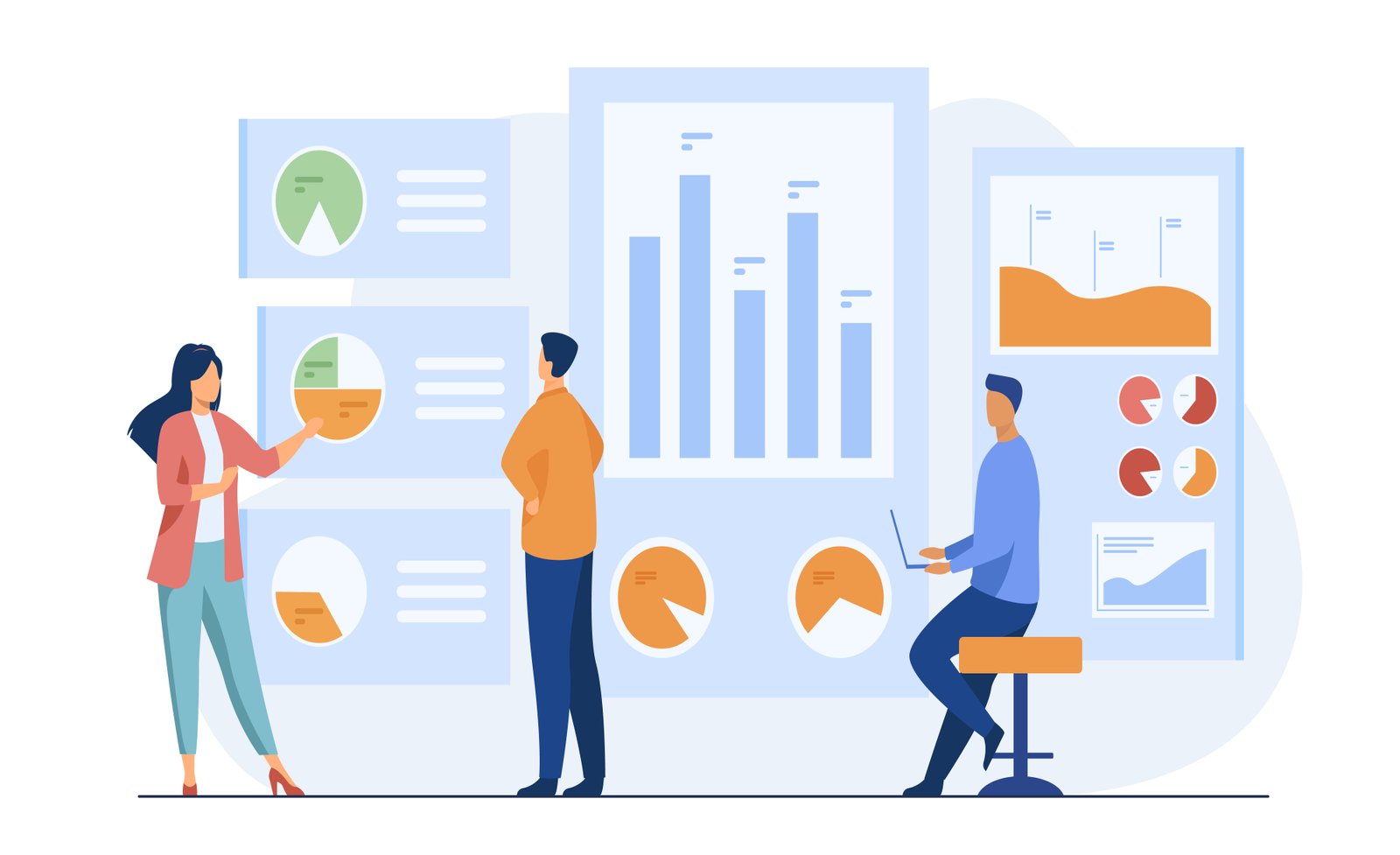Our Services
We partner with high-growth businesses to reimagine, design, and develop software to build a better future. Here’s a highlight of some transformational outcomes using the synergy among engineering, intelligence, and experiences.
Software
Software solutions involve delivering tailored applications and systems that enhance business efficiency and productivity. These solutions encompass software development, system integration, and customized applications designed to meet specific organizational needs.
Our solutions
- Custom Software Development
- System Integration and API Development
- Cloud-based Solutions and Migration
- Enterprise Resource Planning (ERP)
- Cybersecurity and Compliance

Web Development
Web development encompasses the creation, design, and maintenance of websites and web applications. It involves building user-friendly and responsive interfaces, developing server-side logic, and ensuring optimal performance and security. Effective web development integrates design aesthetics with functionality to deliver engaging online experiences.
Our solutions
- Backend Development and Server Management
- Responsive and Mobile-First Design
- E-commerce Solutions and Integration
- Content Management Systems (CMS)
- Web Performance Optimization and Security

Mobile App Development
Mobile app development focuses on creating software applications for mobile devices, including smartphones and tablets. It involves designing intuitive user interfaces, developing platform-specific features, and ensuring optimal performance and security. Mobile app development aims to deliver seamless and engaging user experiences across various devices and operating systems.
Our solutions
- Native App Development for iOS and Android
- Cross-Platform App Development
- Mobile App Optimization and Performance
- Integration with APIs and Third-Party Services
- Mobile App Security and Compliance

UI/UX Design
UI/UX design focuses on creating intuitive and visually appealing interfaces for digital products. It encompasses the process of designing user interactions (UX) and user interfaces (UI) to ensure that digital products are easy to use, aesthetically pleasing, and aligned with user needs and preferences.
Our solutions
- User Research and Personas
- Wireframing and Prototyping
- Interaction Design and Usability
- Visual Design and Branding
- User Testing and Feedback Analysis

Data Analytics
Data analytics involves examining large datasets to uncover patterns, correlations, and insights that drive business decisions. It includes the collection, processing, and analysis of data to help organizations optimize operations, improve decision-making, and enhance overall performance.
Our solutions
- Predictive Analytics and Forecasting
- Data Visualization and Reporting
- Business Intelligence and Insights
- Operational Efficiency Improvement
- Risk Management and Fraud Detection

Banking Credit Risk Analytics
Banking credit risk analytics involves assessing the likelihood of loan defaults by analyzing borrower data, such as credit history and financial behavior. It includes credit scoring, default prediction, portfolio risk management, and stress testing to ensure a bank's financial stability. This approach helps banks make informed lending decisions, reduce potential losses, and comply with regulatory requirements like Basel III.
Our solutions
- Credit Modeling
- Risk Analysis and Modeling
- Product Recommendation Engine
- Customer Segmentation
- Fraud Detection and Prevention


Telecom Analytics
Telecom analytics uses data to optimize network performance, improve customer retention, and prevent fraud while ensuring accurate billing. It enhances operational efficiency and supports innovation by leveraging data from emerging technologies like 5G and IoT. This helps telecom companies drive revenue growth and improve service quality.
Our solutions:
- Churn Prediction and Customer Retention
- Network Optimization and Predictive Maintenance
- Customer Segmentation and Personalization
- Revenue Assurance and Leakage Detection
- Demand Forecasting and Capacity Planning
Healthcare Analytics
Healthcare analytics uses data to enhance patient care, streamline operations, and reduce costs. It helps predict diseases, personalize treatments, and improve clinical decision-making. Key areas include disease prevention, telemedicine, AI diagnostics, and drug development. Analytics also optimizes hospital operations and detects fraud, while ensuring data privacy and regulatory compliance.
Our solutions
- Predictive Analytics for Disease Prevention
- Population Health Management
- Operational Efficiency
- AI-Assisted Diagnostics


Retail & Ecommerce Analytics
Retail and eCommerce analytics uses data to optimize operations, enhance customer experiences, and increase sales. Analytics helps predict trends, manage inventory, improve marketing campaign effectiveness, and streamline supply chains. It also enables personalized recommendations, boosts customer retention, and enhances the overall shopping experience across multiple channels while ensuring data privacy and security.
Our solutions
- Customer Personalization
- Demand Forecasting
- Sales and Marketing Performance Analysis
- Website and Conversion Analytics
- Inventory Management
- Omnichannel Experience Optimization
Insurance Analytics
Insurance analytics leverages data to enhance risk assessment, fraud detection, and claims processing, while optimizing pricing and personalizing products. It improves operational efficiency, customer retention, and regulatory compliance. By using data-driven insights, insurers can make better decisions and stay competitive in the industry.
Our solutions
- To develop an enhanced customer experience
- Design products based on customer behavior
- To improve Risk Management Strategy
- Minimize the risk of insurance fraud
